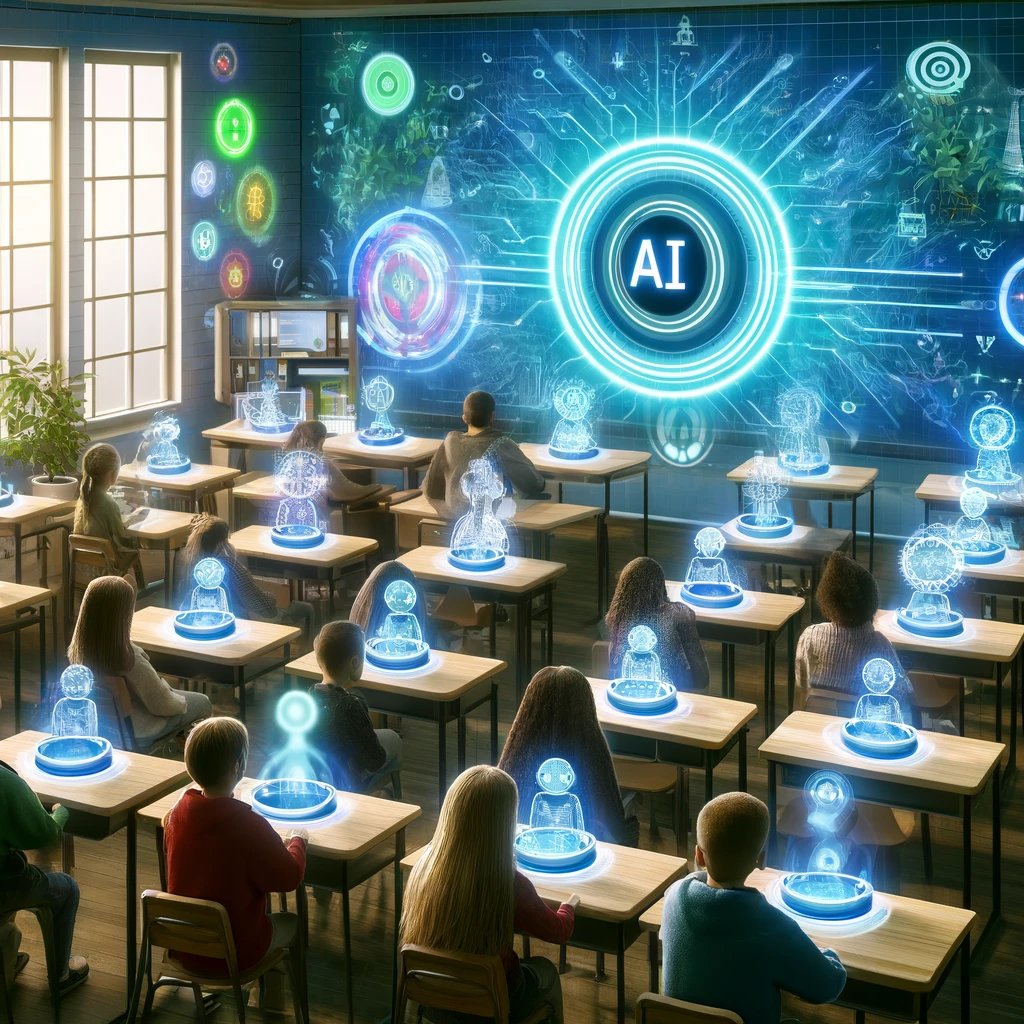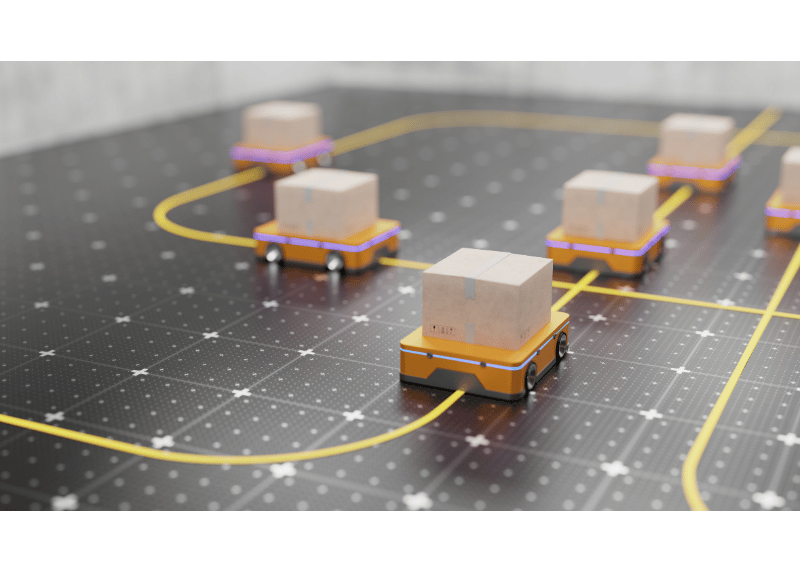AI 2.0: SLMs Drive a Greener, Fairer Future
EMERGING FUTURE
4/30/20243 min read


Artificial Intelligence is all around us. But, still, it is not personalized. As AI grows, AI 2.0 is shifting towards becoming personalized technologies, as well as more sustainable and efficient. Small Language Models (SLMs) are change agents of this new phase. SLMs redefine the approach of artificial intelligence. They not only complement their larger counterparts (Large Language Models aka LLMs) but also provide unique solutions that are reshaping industries, governance, and daily life.
AI 2.0: A Significant Shift with SLMs
SLMs are manifestations of smaller, more focused AI models that can deliver precise and efficient performance whereas generalist Large Language Models (LLMs) are not always practical. With SLMs size no longer dictates capability. Instead of unnecessarily churning out mammoth data, the approach towards specialized data highlights the evolving nature of AI technology. This move is transformative and efficient.
Democratizing Technology Through SLMs
No technology can bear its true potential unless it is democratized. Unless it is handy for the masses for its availability due to its costs and transparency, it risks becoming narrowed down. SLMs have lower operational costs and reduced computational requirements. That's why they are making advanced AI accessible to smaller enterprises and developers worldwide. Previously LLMs were a barrier due to the high costs associated with it. But, now with SLMs, accessibility is fostering innovation in regions and sectors. For example, SLMs are being used in healthcare to develop diagnostic tools that can run on tablets and smartphones. It makes medical expertise reachable in remote areas easily.
With SLMs AI's Personalization at Scale
Personalization of AI is not just a luxury. AI 2.0 is a necessity. SLMs enable AI services to individuals without the extensive data as previously required. It also reduces energy demands. Whether SLMs make learning aids personalized in education or customize user experience elsewhere, it create scenarios to expand. SLMs leverage their agility to adapt quickly to user inputs. It enhances engagement as well as satisfaction.
SLMs And Climate Action Goals
AI is the new generation's prized invention, but a critical concern too as we deal with climate change and resource rationing. Thus sustainability of AI systems is a valid argument. SLMs require significantly less energy for training and operation compared to LLMs. In this way, SLMs offer a solution to climate change concerns. It is attuned to global sustainability goals, presenting an environmentally friendly alternative to AI's prevalent systems. SLMs mitigate the carbon footprint associated with traditional AI deployments.


Who We Are:
The Economic Nations champions global unity through economic collaboration, focusing on sustainable growth, reducing inequalities, and enhancing global relationships for mutual prosperity and peace.
PIC CREDIT:AI
PIC CREDIT:CANVA
SLMs And AI 2.0 Policy Framework
With SLMs, we intend to make AI a DPI (digital public infrastructure). Thus it requires establishing a robust policy framework to support its ethical use. Policymakers and think tanks have to initiate regulations that promote transparency, security, and fairness in AI applications. AI 2.0 policies should also focus on maximizing the social benefits of SLMs. It must be ensured that SLMs contribute positively to societal challenges, from education to healthcare.
Tomorrow's AI 2.0 with SLMs
AI 2.0 trajectory will be defined by how well we integrate and leverage SLMs across various sectors. SLMs ability to enable the AI to operate autonomously on edge devices offers a more decentralized AI landscape. In this case, intelligence is embedded in our everyday environment. It enhances our interaction with technology without compromising on privacy or efficiency.
Conclusion
LLMs have significant limitations but SLMs have the potential to overcome these. With fewer data, less energy, and fewer costs SLMs make possible AI for everyone, AI for every day. SLMs usher in a future where AI is inclusive and sustainable. SLMs make AI adaptable, scalable, and ready to meet the challenges of tomorrow.
Contacts
enquiry@economicnations.org
(xx) 98-11-937-xxx (On verification)
